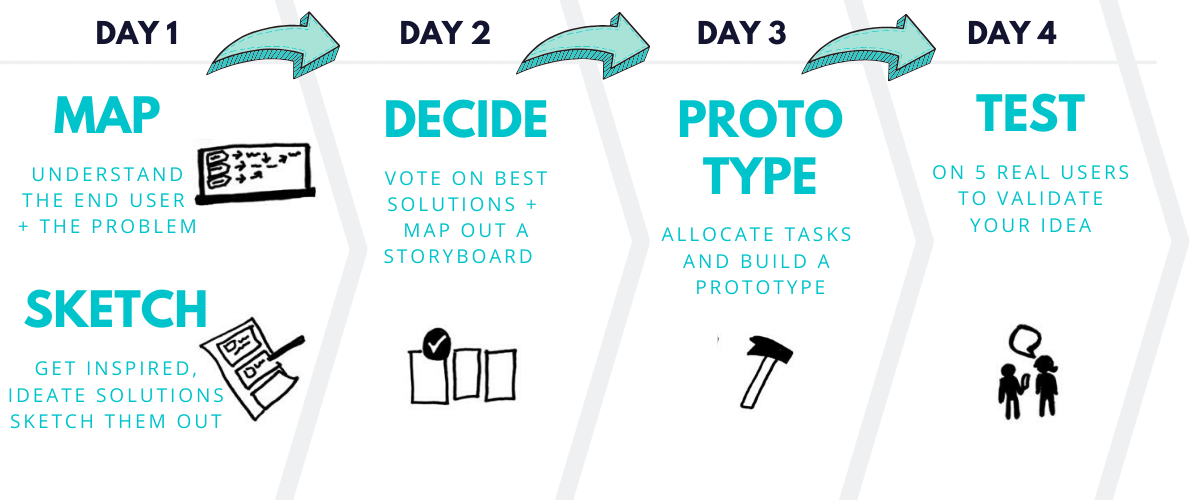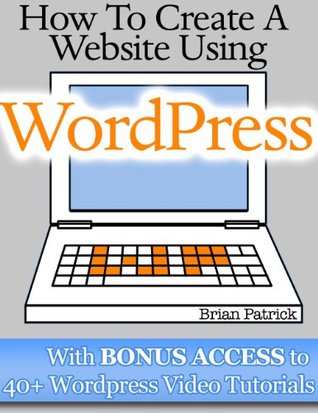
In this article we'll show you how to create a datatable in html, configure it and then use it within a Shiny App. We will also talk about how to avoid tables that have multiple levels and headers, as well as how to use tables in Shiny applications. Here are some tips to get started. This article is not comprehensive, but it covers most of the most common problems. We hope this helps! We hope you find it useful.
In HTML, create a table.
A data table is an easy way to present large amounts or information on a website. These tables can be read and understood easily. HTML and CSS skills are required, but this tutorial will walk you through the process step-by-step. This article will cover the basics of creating data tables and how CSS can be used to make them look nice. These tips can be used to add a Table to your website.

Configuring a data-table
To add a datatable to your website, right-click the symbol for the data table. Next, click on the Advanced Options button to configure the fields the table will include. You can set the number of columns that you wish to include and adjust the column width and alignment. If you are not using aggregation, you can turn off conflation. You can set the length of the table that will display the results.
Use a Shiny App data table
The renderDataTable() function is part of the DT-datatable package. It allows you to render DataTables on the server side. This function allows for client-side rendering. It also supports additional DataTable features. The datatable() function returns an array containing indices to the columns and rows. Its name is self explanatory. This returns an index of the last clicked row.
Avoid tables with multiple levels or headers
To avoid tables that have multiple levels of HTML headers, the first rule is to make sure all columns are at the top of the table. The col and colgroup elements identify each column and the span attribute indicates how many columns the headers span. The following table demonstrates how to avoid tables with multiple levels of headers. It's also worth noting that the 'by birth' row header spans two columns, while the 'by age' row header spans three columns.

Complex tables can be made more accessible by using newer accessibility tags
When designing complex tables for accessibility, it's important to use proper structure. It is important to have header and cell elements for visually impaired users if a table has a lot of data. The space buffer allows for the separation of cell elements and headers. This can be useful for people who use screen readers. A space buffer should also be used to separate headers and cell elements.
FAQ
Do I choose WordPress or a web builder?
A small website is the best way to build a successful web presence. If you have the time or resources to create a complete site, do so. If you don't have the resources to build a full-fledged site, a blog may be the best choice. You can always add features later as you learn how to design and develop websites.
It is essential that you have a primary domain name before you can start your first website. This will provide you with a point of reference when you publish content.
Can I make my website using HTML and CSS?
Yes! Yes!
After you have learned how to structure a website, you will need to know HTML and CSS.
HTML stands for HyperText Markup Language. You can think of it as writing a recipe. It would include ingredients, instructions, as well as directions. HTML is a way to tell a computer which parts are bold, underlined, italicized or linked to other parts of the document. It's the language for documents.
CSS stands for Cascading Style sheets. Think of it like a style sheet for recipes. Instead of listing each ingredient and instructing, you can write down general guidelines for font sizes, colors and spacing.
HTML tells the browser how a page should look; CSS tells it what to do.
Don't panic if either of these terms are confusing to you. Follow these tutorials, and you'll soon have beautiful websites.
What HTML & CSS can I use to create my website?
Yes, you can! It is possible with basic knowledge of web design, programming languages like HTML (Hyper Text Markup Language), CSS (Cascading style Sheets), and HTML (Hyper Text Markup Language). These two languages make it possible to create websites accessible by all who have an internet connection.
What types of websites should you make?
This question is dependent on your goals. To build a business around your website, you may want to focus on selling products online. This will require you to set up a strong eCommerce site.
Blogs, portfolios, forums, and other types of websites are also popular. Each type of website requires different skills. You will need to be familiar with blogging platforms like Blogger or WordPress if you wish to create a blog.
Once you have chosen a platform, it is also important to determine how you can customize the appearance of your site. You can find many free templates and themes for every platform.
Once you have decided on a platform, you are able to start building your website by adding content. Your pages can be filled with images, videos and text.
Once you're ready to publish your website online, click here. Once your website is published, visitors will be able to access it in their web browsers.
Can I Use A Template Or Framework On My Website?
Yes! A lot of people use prebuilt templates or frameworks to create websites. These templates contain all the code needed to display information on your page.
Some of the most well-known templates are:
WordPress – One of the most well-known CMSes
Joomla - another popular open source CMS
Drupal - an enterprise-level solution that large organizations use
Expression Engine is a Yahoo CMS that allows you to create custom CMS sites.
You will find hundreds of templates for each platform. So it shouldn't be hard to choose the right one.
WordPress is it a CMS?
The answer is yes. It's a Content Management System (CMS). A CMS allows you to manage your website content from within a web browser instead of using an application such as Dreamweaver or Frontpage.
WordPress is absolutely free! Hosting is all you need, and it's usually free.
WordPress was initially designed as a blogging platform but now offers many different options, including eCommerce sites, forums, membership websites, portfolios, etc.
WordPress is easy to install and set up. The installation file must be downloaded from the website and uploaded to your server. You can then visit your domain name using your web browser to log in to your new website.
After installing WordPress, it's necessary to register for a username. Once you log in, you will be able to access your settings from a dashboard.
This is where you can add pages or posts, images and links to them. If editing and creating new content is easier for you, skip this step.
You can, however, hire a professional Web designer to handle the whole thing if your preference is to work with another person.
Statistics
- The average website user will read about 20% of the text on any given page, so it's crucial to entice them with an appropriate vibe. (websitebuilderexpert.com)
- It's estimated that in 2022, over 2.14 billion people will purchase goods and services online. (wix.com)
- It enables you to sell your music directly on your website and keep 100% of the profits. (wix.com)
- When choosing your website color scheme, a general rule is to limit yourself to three shades: one primary color (60% of the mix), one secondary color (30%), and one accent color (10%). (wix.com)
- It's estimated that chatbots could reduce this by 30%. Gone are the days when chatbots were mere gimmicks – now, they're becoming ever more essential to customer-facing services. (websitebuilderexpert.com)
External Links
How To
How to use WordPress for Web Design
WordPress is a free software application used to build websites or blogs. It has many great features, including easy installation, powerful themes options, plug-ins and many other. This website builder lets you customize your site to suit your preferences. It comes with hundreds of themes and plugins that help you make any site. If you would like, you can even add your own domain name. These tools allow you to easily manage the appearance and functionality of your website.
With the power of WordPress, you can create beautiful sites without knowing how to code HTML. It doesn't matter if you don’t know much about coding. You can create a beautiful website in no time. This tutorial will teach you how install WordPress on your computer. Then, we'll go through the steps necessary to put your blog online. Everything will be explained so that you can follow the steps at home.
The most popular CMS (Content Management System) out there is WordPress.com currently has around 25 million users worldwide and counting. Two versions of WordPress are available. You can either get a license from them at $29/month or you can download the source code for free.
WordPress is an excellent blogging platform for many reasons. One of the best things about WordPress is its simplicity. Anyone who knows HTML can create beautiful websites. It also offers flexibility. Many themes are free on WordPress.org, meaning you can change the look and feel of your site entirely without having to pay a penny. You can also customize it. Many developers offer premium addons to allow you update posts automatically after someone comments. You can also integrate social media sharing in your site.